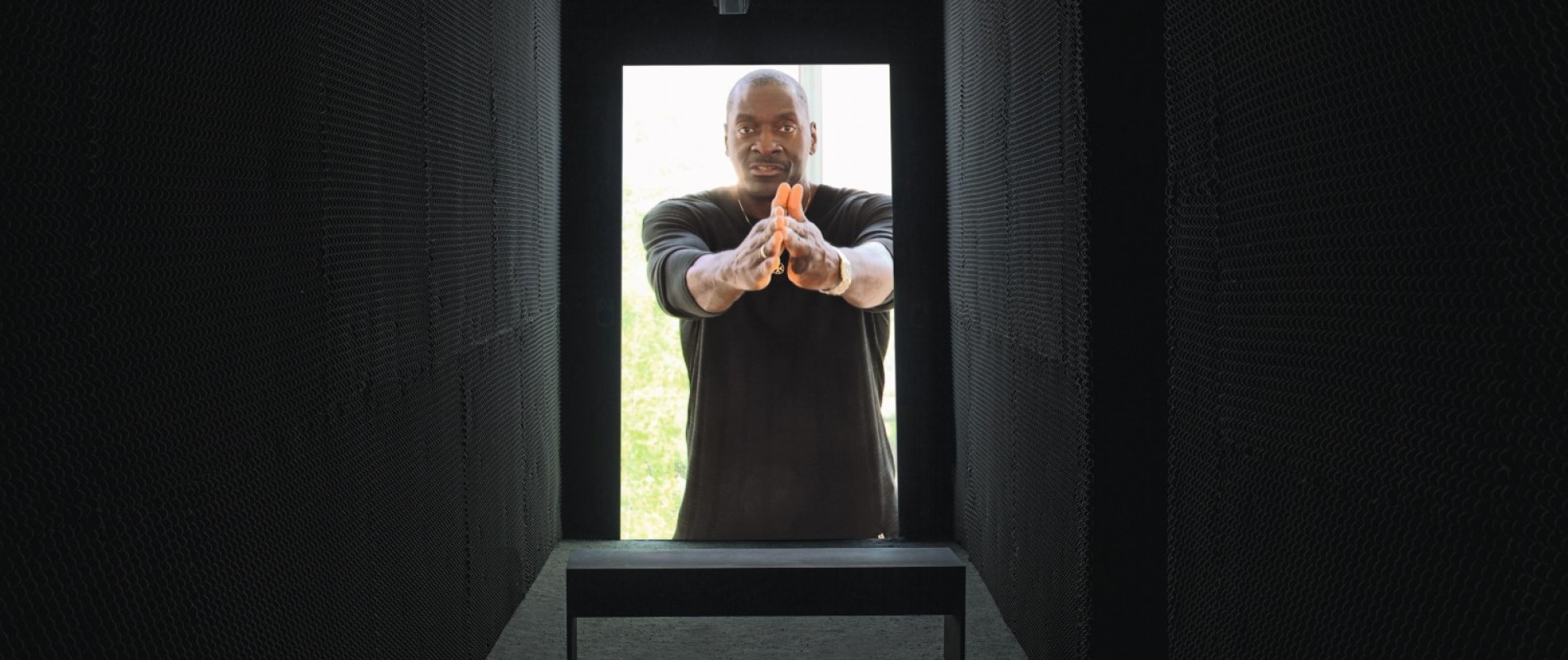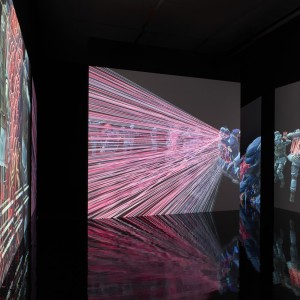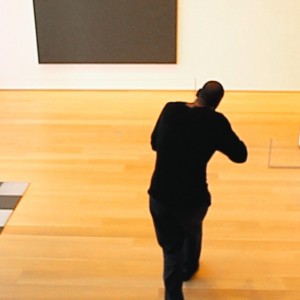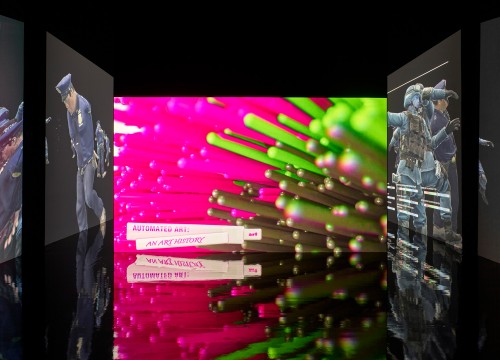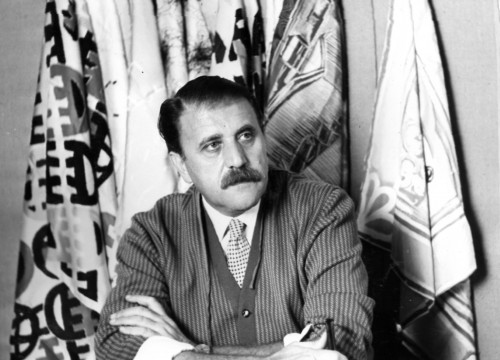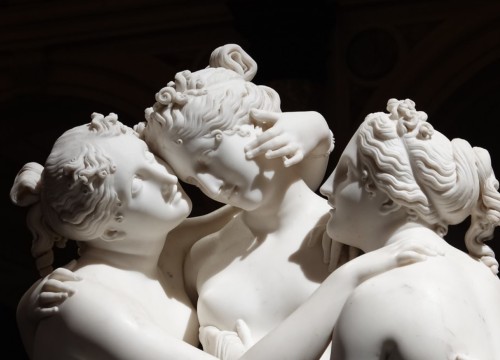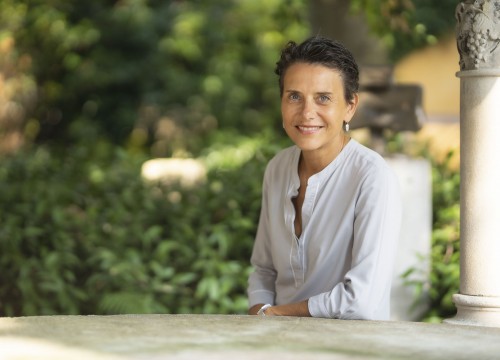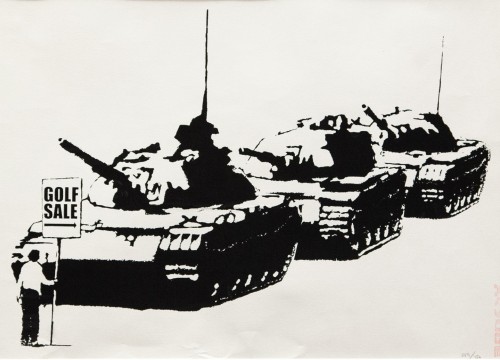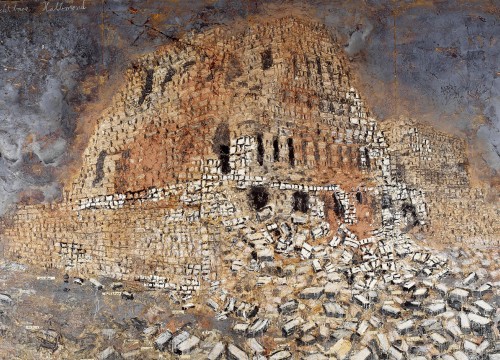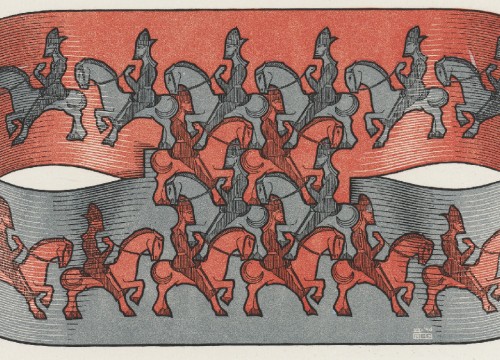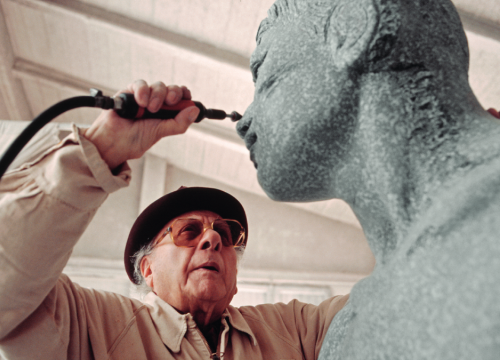The German Artist Has Made Video Her Language of Expression
To be is to touch, to look, to think. In contemporary life, physical spaces become virtual, everyday experience becomes imagination, an artificial construction. Real and mental screens now regulate our experience and give rhythm to our days. And we need someone to remind us of this. This is the task of Hito Steyerl, the German artist, born in 1966, who has made video her language of expression since the 1990s. The Pompidou Centre is dedicating a major exhibition to her until 7 June, with a title that echoes the current situation: “I Will Survive”, bringing together the artist’s main works.
In the early '90S, she chronicles the transformation of reunified Germany and the end of UTOPIA with corrosive humour
In the early 1990s, Hito Steyerl recounts the transformation of reunified Germany and the end of utopianism with corrosive humour through videos suitable for film and television broadcasting. Babenhausen (1997), Die leere Mitte (1998) and the Normality series (1999-2001) analyse a German society straddling the growth of neo-liberal speculation and a return to the worst ghosts of history. Her language became progressively more narrative and satirical as her production moved from film to museums. In Free Fall (2009) she recounts the world banking crisis through the metaphor of a plane crash; in the video In Defense of the Poor image (2009) she uses images recycled from the anarchic and inexhaustible magma of the internet, and in How Not to be Seen (2013) she presents a tutorial on how to become invisible.
An Analysis of German society Between the Rise of Neo-Liberal Speculation and a Return to the Worst Ghosts of History
Since 2010, Steyerl’s work has been oriented towards devices designed to extend the screen into real space, and she critically addresses issues related to nationalism, unbridled capitalism, the control of the individual and artificial intelligence. In Liquidity Inc. (2014) she mocks the worldwide deregulation of financial transactions and in Hell Yeah We Fuck Die (2016) she brings android robots into the exhibition space. The screens multiply in a meandering pipelike construction site and introduce augmented reality. In This is the Future (2018) and The City of Broken Windows (2019) the artist analyses the increasing presence of multinational corporations in the social sphere and public spaces. In the installation SocialSim, created for the exhibition, the Salvator Mundi attributed to Leonardo da Vinci becomes the first work of art to take its destiny into its own hands, autonomously evaluating itself. In Dancing Mania, the application inspired by the pandemic reveals the individual’s bewilderment in a hostile physical and political environment.
Hito Steyerl
I Will Survive
Centre Pompidou
Paris
Curated by
Doris Krystof
Until 7/06

